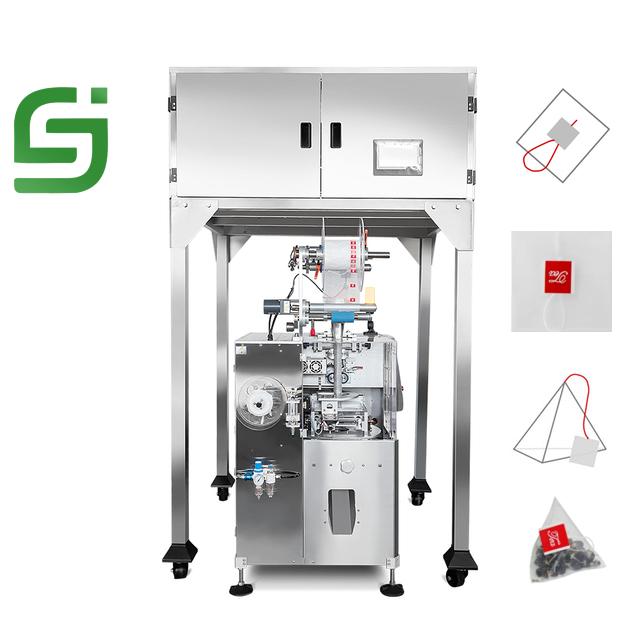Power plants are the backbone of modern energy infrastructure, supplying electricity to industries, homes, and public services. These plants are designed to convert various forms of energy into electrical power efficiently and reliably. Depending on the energy source, power plants vary significantly in their architecture, operational features, and environmental impact.
1. Thermal Power Plants
Thermal power plants are the most widely used type of power plants globally. These plants generate electricity by burning fossil fuels such as coal, natural gas, or oil to produce steam that drives turbines connected to generators.
Architectural Features:
Boilers and Steam Turbines: The main components include massive boilers to generate steam and turbines to convert thermal energy into mechanical energy.
Cooling Towers: Essential for dissipating excess heat, these structures dominate the architecture of most thermal power plants.
Fuel Storage and Handling: Thermal plants require extensive infrastructure for storing and transporting fuel, including large tanks and pipelines.
Thermal power plants are often criticized for their environmental impact, but advancements in technology are improving their efficiency and reducing emissions. For example, modern thermal plants are integrating waste-to-energy power plant construction principles to convert industrial and municipal waste into fuel, reducing landfill usage while generating electricity.
2. Nuclear Power Plants
Nuclear power plants generate electricity through nuclear fission reactions, where atoms are split to release massive amounts of energy. These plants are known for their high energy output and relatively low carbon emissions.
Architectural Features:
Reactor Buildings: The reactors, housed in reinforced concrete buildings, are designed to contain radiation and prevent environmental contamination.
Cooling Systems: Similar to thermal plants, nuclear power plants use extensive cooling systems to manage the heat produced during fission.
Containment Domes: These domes are critical for safety, shielding the environment from potential radiation leaks.
Nuclear power plants require meticulous planning and robust safety measures. While the initial construction cost is high, the operational cost is relatively low, making them a reliable source of clean energy.
3. Hydroelectric Power Plants
Hydroelectric power plants use the kinetic energy of flowing water to generate electricity. These plants are widely used due to their renewable energy source and low operational costs.
Architectural Features:
Dams and Reservoirs: The dam stores water in a reservoir, creating potential energy that is converted into electricity when the water flows through turbines.
Turbines and Generators: Located at the base of the dam, these components are essential for converting mechanical energy into electrical energy.
Spillways: These structures are designed to manage water flow and prevent flooding during heavy rainfall.
Hydroelectric power plants are typically large and require significant infrastructure investment. They are most effective in areas with consistent water flow, but their construction can disrupt ecosystems and displace communities.
4. Renewable Energy Plants
Renewable energy plants, such as solar, wind, and geothermal plants, are becoming increasingly popular due to their minimal environmental impact and sustainability.
Solar Power Plants:
Photovoltaic Arrays: Solar panels convert sunlight into electricity, often covering vast areas in deserts or rural regions.
Energy Storage Systems: Batteries store excess energy for use during low sunlight periods.
Wind Power Plants:
Turbines: Large wind turbines capture wind energy and convert it into electricity.
Grid Connections: Wind farms require robust infrastructure to transmit electricity to the grid.
Geothermal Power Plants:
Drilling Infrastructure: Wells are drilled into geothermal reservoirs to access heat from beneath the Earth’s surface.
Turbines and Heat Exchangers: These systems convert geothermal energy into electricity.
Renewable energy plants are often built in decentralized power plant configurations, where smaller plants are distributed across various locations instead of relying on a single large facility. This approach improves grid stability, reduces transmission losses, and enhances energy accessibility in remote areas.
5. Waste-to-Energy Power Plants
Waste-to-energy power plants are a unique type of facility that converts municipal solid waste into electricity. These plants play a dual role in waste management and energy production.
Architectural Features:
Incinerators: These systems burn waste at high temperatures, reducing its volume and generating heat for electricity production.
Air Pollution Control Systems: Filters and scrubbers minimize emissions and comply with environmental regulations.
Energy Recovery Systems: These systems capture heat generated during incineration and convert it into electricity.
The efficiency of a waste-to-energy power plant depends on advanced technologies, such as heat recovery systems and optimized combustion processes. These plants are increasingly being adopted as a sustainable solution to manage urban waste while addressing energy shortages.
6. Combined Cycle Power Plants
Combined cycle power plants utilize both gas and steam turbines to maximize energy output from a single fuel source. They are highly efficient and commonly used for natural gas-based electricity generation.
Architectural Features:
Gas Turbines and Heat Recovery Systems: Gas turbines generate electricity, while waste heat is captured and used to power a steam turbine.
Cooling Towers: Essential for managing the heat produced during the combined cycle process.
Compact Design: These plants are often smaller in size compared to traditional thermal plants.
Combined cycle power plants are known for their high energy efficiency and lower emissions compared to conventional thermal plants. They represent a step forward in sustainable energy generation.
7. Decentralized Power Plant Configurations
In recent years, the concept of decentralized power plant configurations has gained momentum. This approach involves building smaller power plants closer to the point of energy consumption rather than relying on large centralized facilities. Decentralized configurations offer several benefits:
Reduced Transmission Losses: Electricity does not need to travel long distances, improving overall efficiency.
Increased Resilience: Power generation is distributed, reducing the impact of outages at a single location.
Enhanced Scalability: Smaller plants can be easily added to meet growing energy demands.
Decentralized configurations are particularly effective for renewable energy plants and microgrids, where flexibility and adaptability are critical.
Conclusion
The architectural features of power plants are as diverse as the energy sources they utilize. From traditional thermal and nuclear plants to innovative waste-to-energy facilities and renewable energy systems, each type of power plant plays a vital role in meeting global energy needs. Advanced technologies, such as waste-to-energy power plant construction, decentralized power plant configurations, and innovations improving the efficiency of a waste-to-energy power plant, are shaping the future of energy infrastructure. As we transition toward a more sustainable energy landscape, the continued evolution of power plant architecture will be key to achieving our environmental and energy goals.



